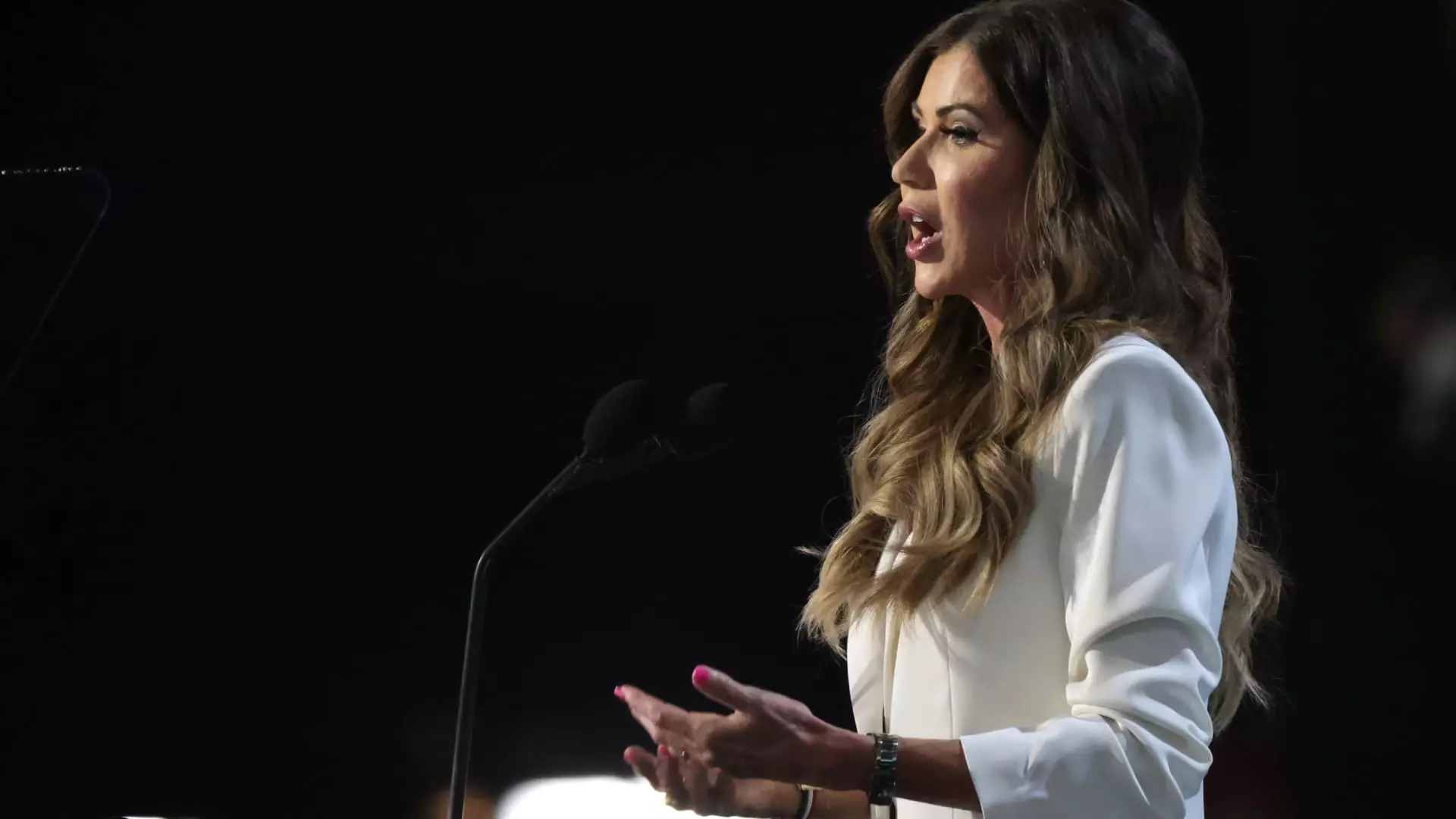In recent months, several states across the United States have initiated rebate programs aimed at boosting energy efficiency in homes. This movement began in earnest when New York unveiled its rebate initiative in May, becoming the first state to formalize such a program. This initiative follows the enactment of the Inflation Reduction Act (IRA) in 2022, a crucial piece of legislation that earmarked $8.8 billion for consumer rebates through two distinct Home Energy Rebates programs. These offerings have the potential to transform how Americans approach energy use in their households, ultimately contributing to financial savings for families while simultaneously promoting environmental responsibility.
The two available rebate programs are designed to encourage homeowners to undertake energy-efficient upgrades and enhancements, which can significantly lower utility bills and reduce carbon emissions. Consumers can benefit from the Home Efficiency Rebates—with a ceiling of up to $8,000—and the Home Electrification and Appliance Rebates, which can provide as much as $14,000 for various improvements. This dual approach highlights the growing recognition that energy efficiency significantly impacts both individual household expenses and broader climate change efforts.
However, the rollout of these rebate programs is not without complexities. Each state has the authority to design its specific eligibility requirements and funding distribution systems. For many states, qualification criteria may hinge on household income levels and overall energy consumption reductions achieved following retrofits. As of late September, five additional states—Arizona, Maine, New Mexico, Rhode Island, and Wisconsin—have joined New York in rolling out these initiatives, showcasing a growing trend toward energy efficiency incentives.
While an overwhelming majority of states are enthusiastically participating in these rebate programs, South Dakota has notably chosen to forgo the federal funding tied to these incentives. This decision, articulated by state officials as a reflection of their policy stance, raises questions about the long-term implications of rejecting such financial support. Jim Terwilliger, the state’s Bureau of Finance and Management commissioner, characterized the decision as one aligned with what they believe is best for South Dakota, emphasizing the administrative burden posed by the program as part of their rationale.
Despite South Dakota’s withdrawal, 26 states and the District of Columbia have submitted applications to the Department of Energy (DOE) for a combined total of $4 billion in rebate funding. There are indications that even more states are on the verge of launching their programs, with different timelines reflective of each state’s unique resources and goals. Kara Saul-Rinaldi, president of the AnnDyl Policy Group focused on energy and climate policy, anticipates more states will implement similar schemes, given the financial incentives available.
One notable aspect of the IRA is the flexibility provided to states in terms of program design. This allows for a tailored approach that accommodates local energy needs and consumer demographics, ensuring that energy usage and efficiency measures can be effectively addressed. Nevertheless, such a decentralized mechanism can also lead to confusion and inconsistency in the availability of rebates and the specifics of what consumers will need to do to qualify.
An interesting twist in this narrative is Florida’s initial rejection of federal funding for rebate distribution, led by Governor Ron DeSantis. The state initially vetoed plans to allocate $5 million from the federal funds. However, recent developments indicate a change in course, with Florida gearing up for a soft launch of its rebate programs by late 2024 and full implementation expected early in 2025. Such reversals highlight the dynamic nature of political and economic factors influencing state-level energy policy.
In states where rebate programs are in various stages of implementation, consumers stand to gain significant financial incentives with the potential for rebates to be applied directly at points of sale. This approach enhances accessibility and aligns with broader public initiatives to drive energy efficiency adoption.
As rebate programs continue to emerge, it is vital for consumers to stay informed and proactive. Each state has its unique offerings, and resources are available at state energy departments for residents to check specific eligibility and benefit details. The DOE has emphasized that, even if a state has not yet launched its rebate program, there may be alternative federal programs like tax credits and local initiatives available to assist homeowners in upgrading their energy systems.
Ultimately, the introduction of these energy efficiency rebate programs represents a significant opportunity for the United States to make strides in reducing energy costs and addressing climate change. As states navigate the complexities of implementation and consumer participation, these initiatives may very well play a pivotal role in shaping a more energy-conscious future.

